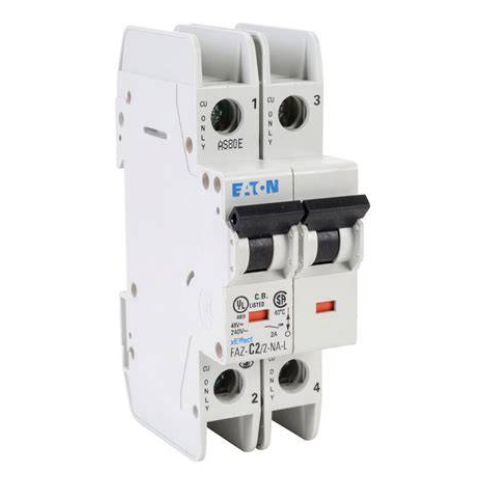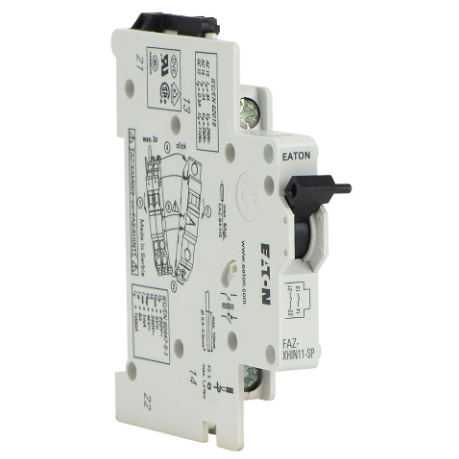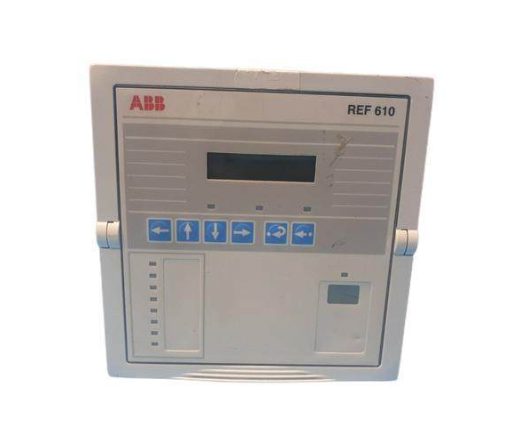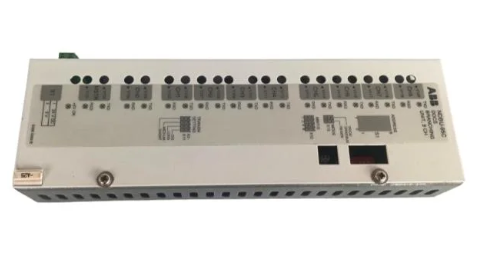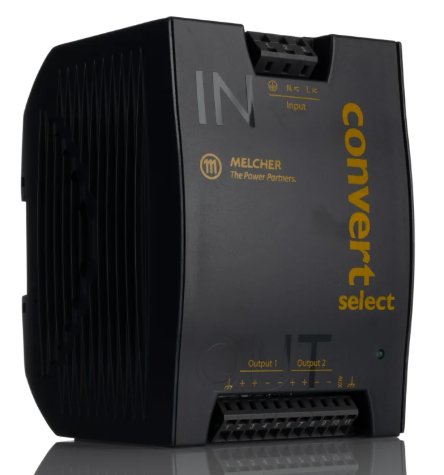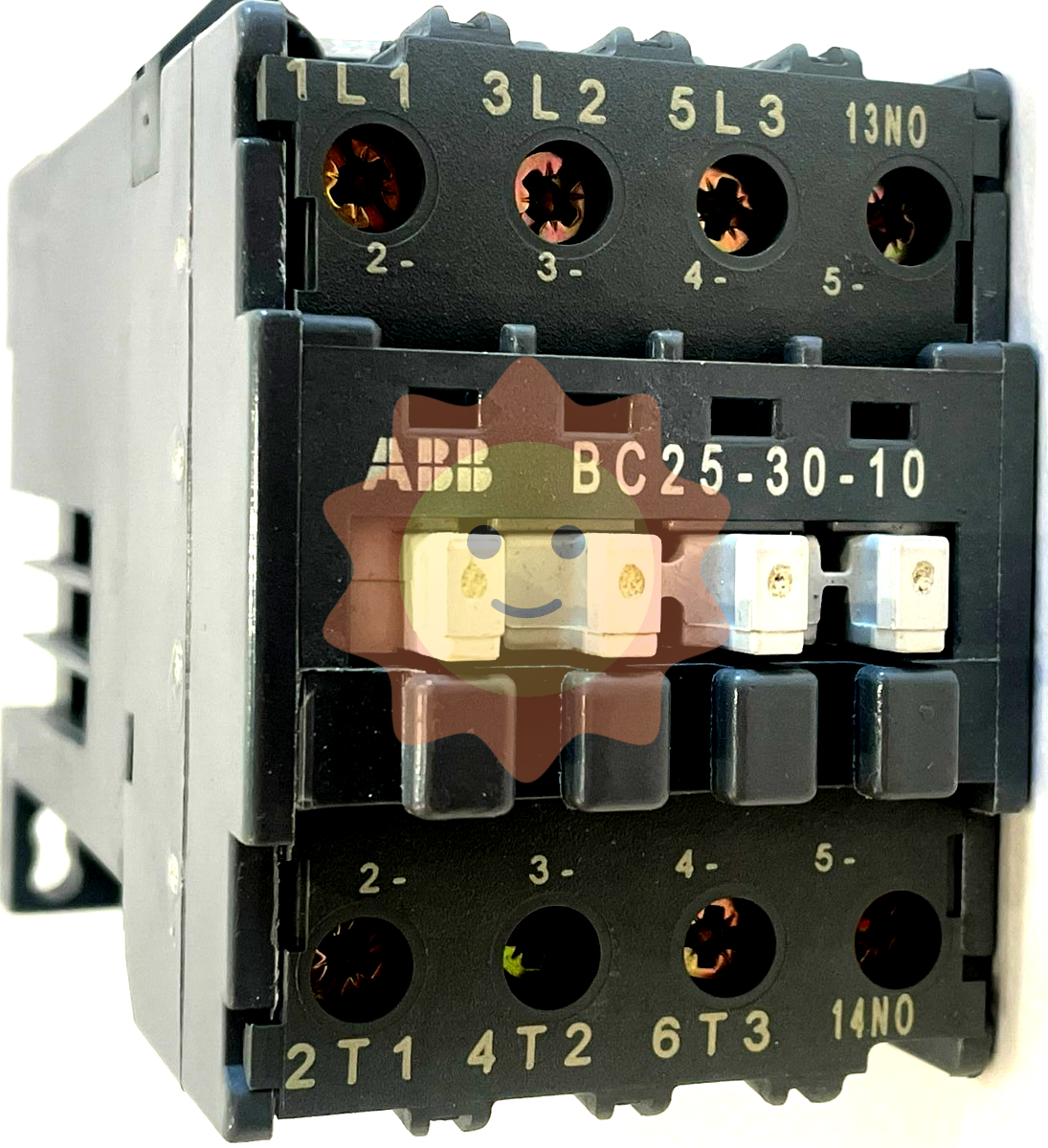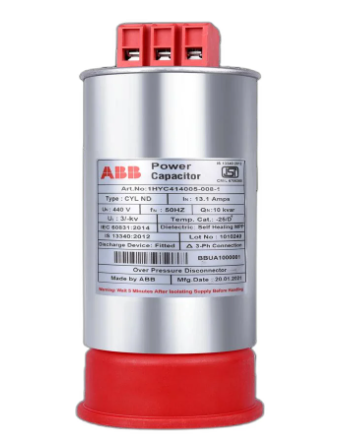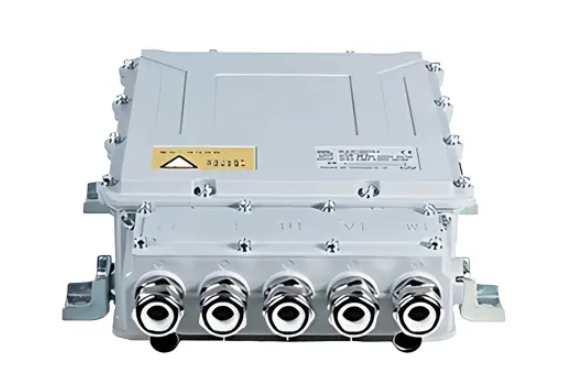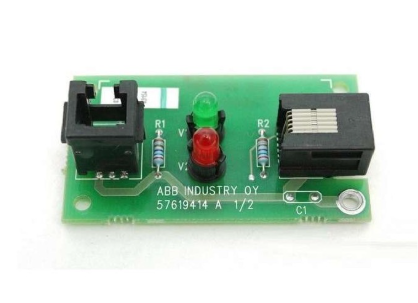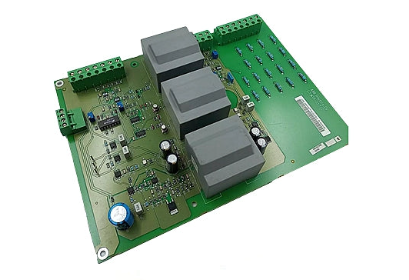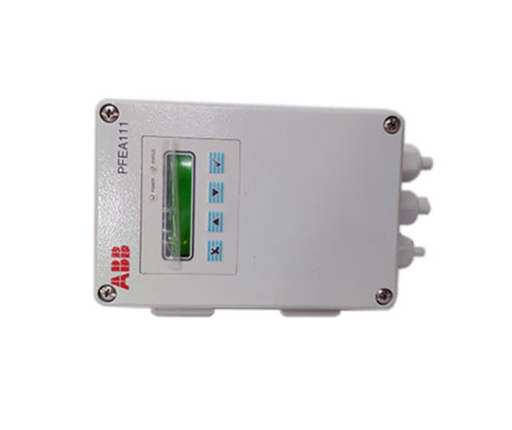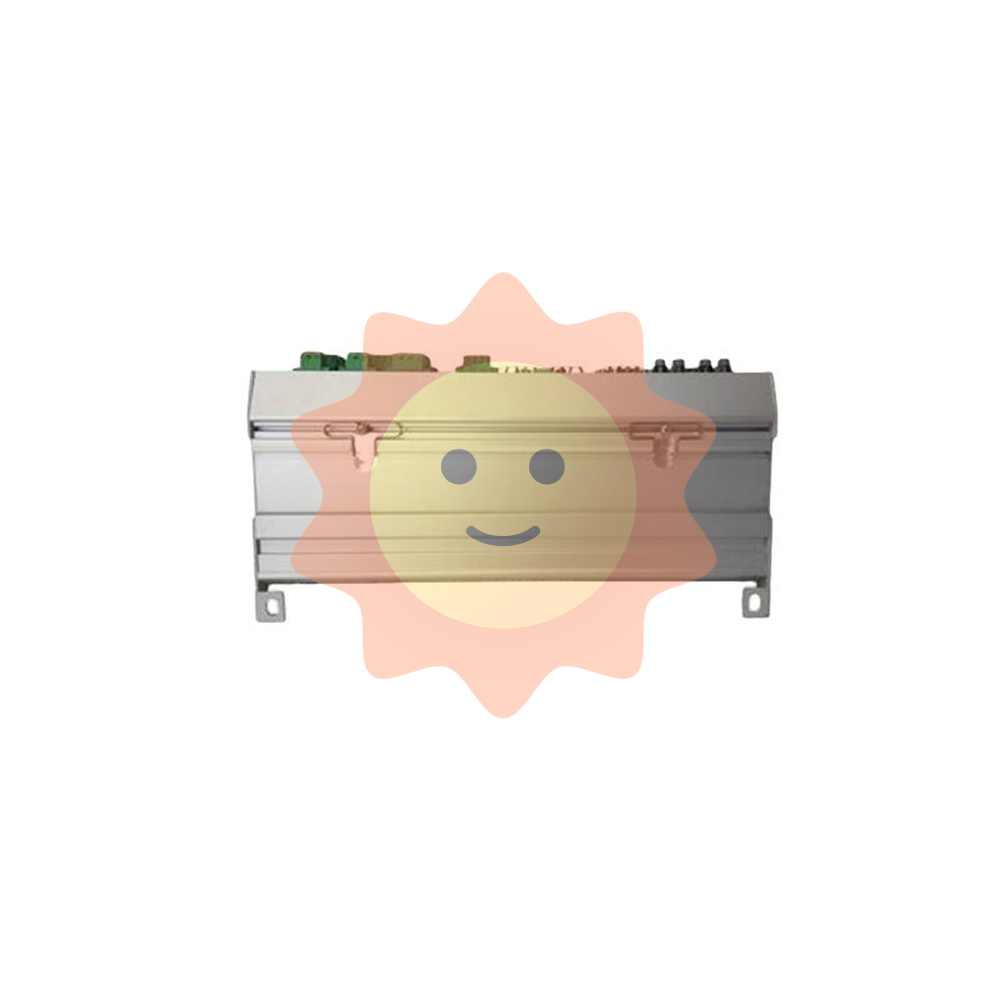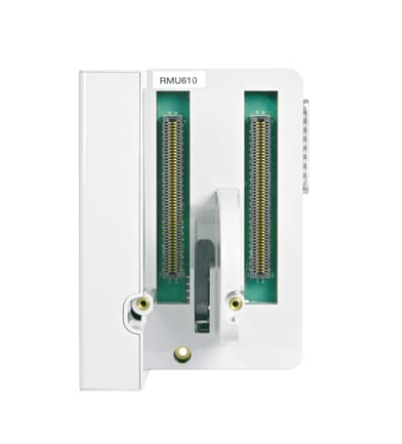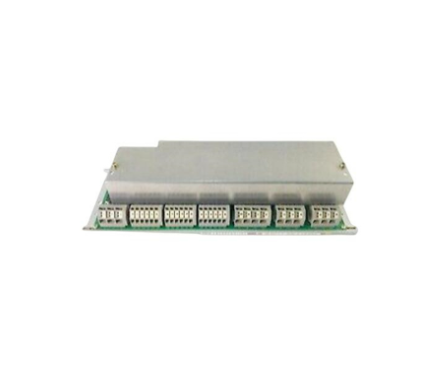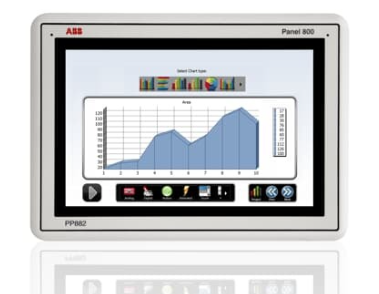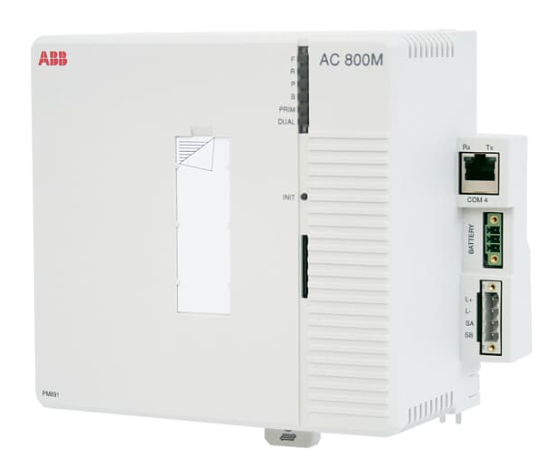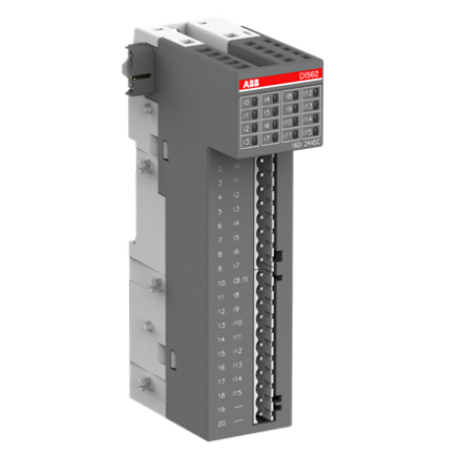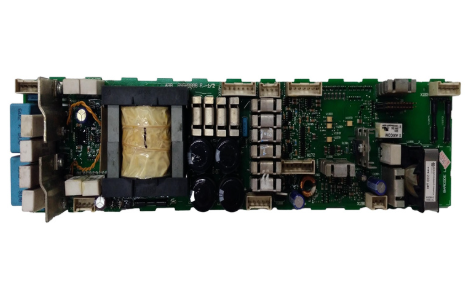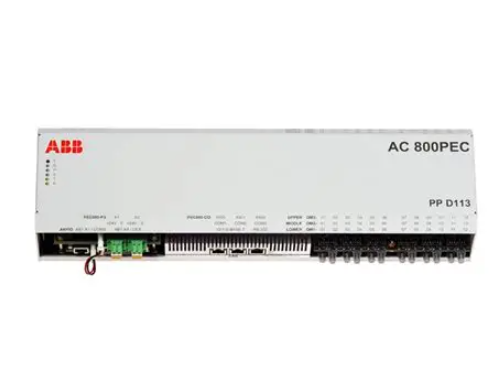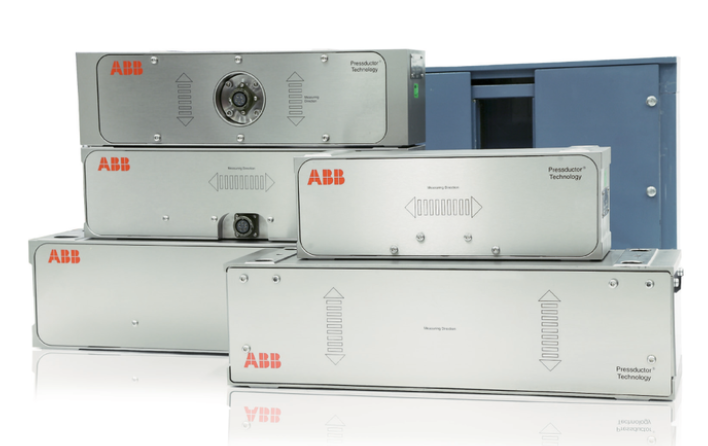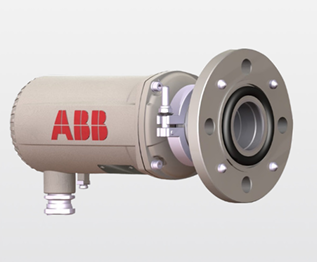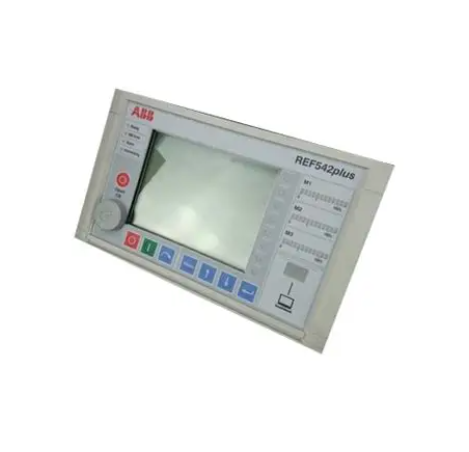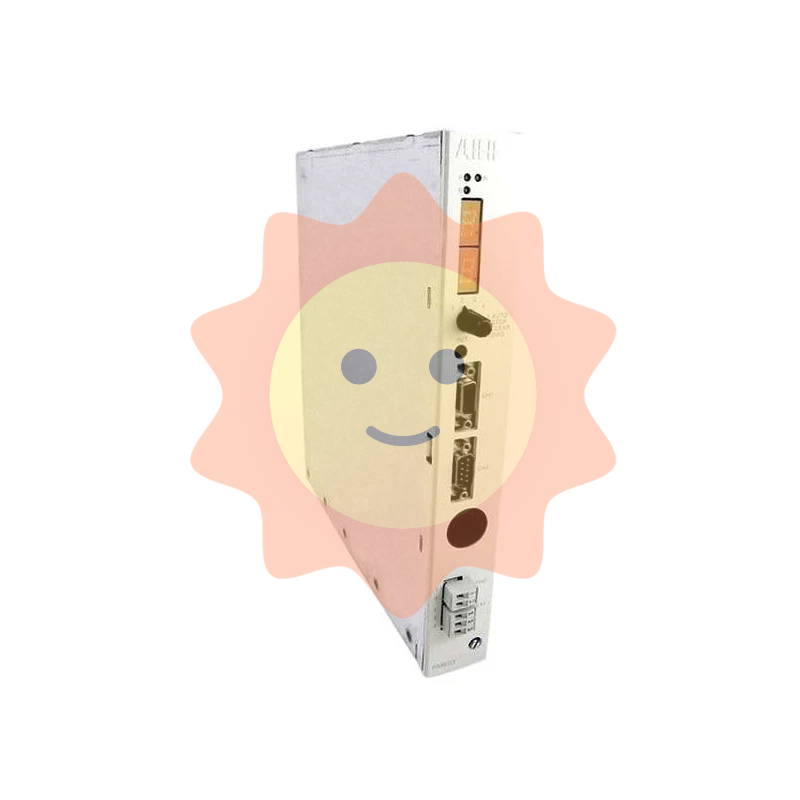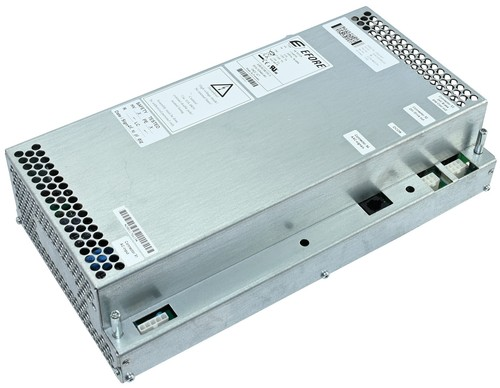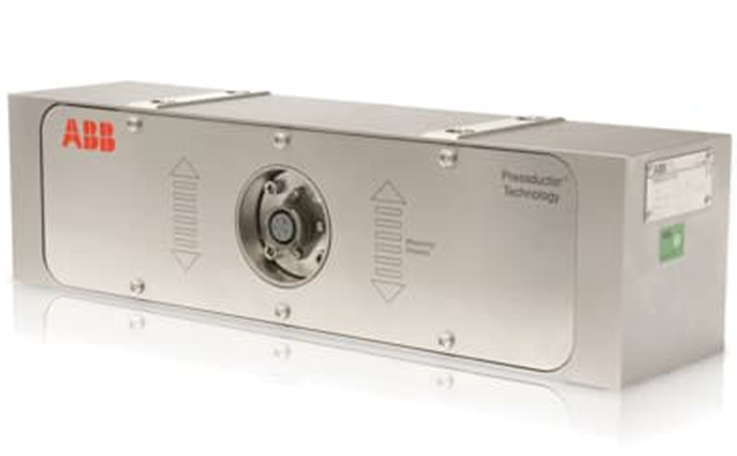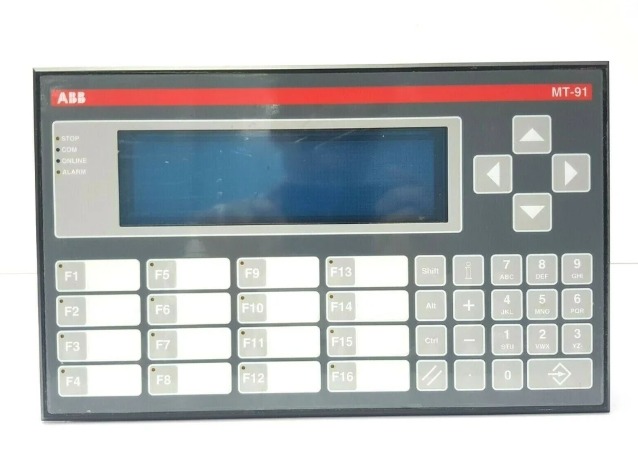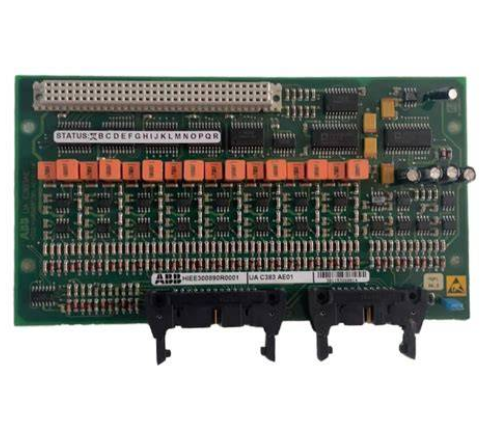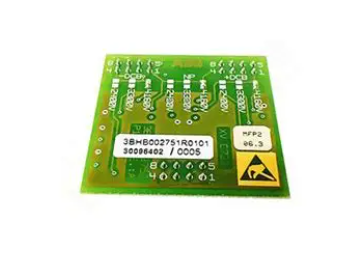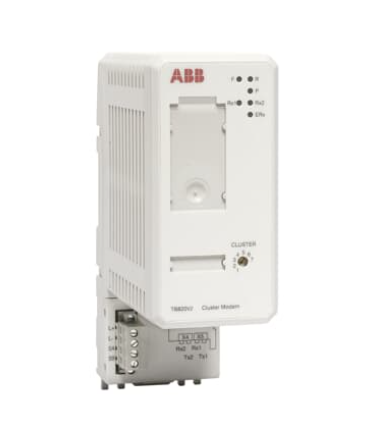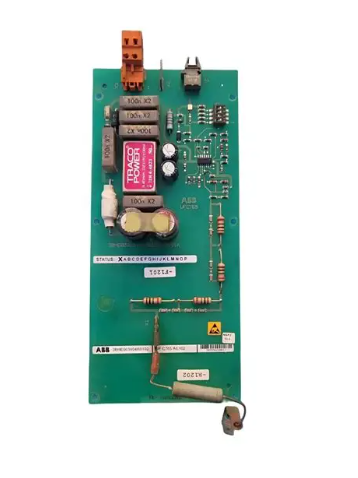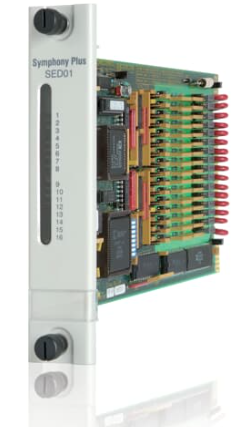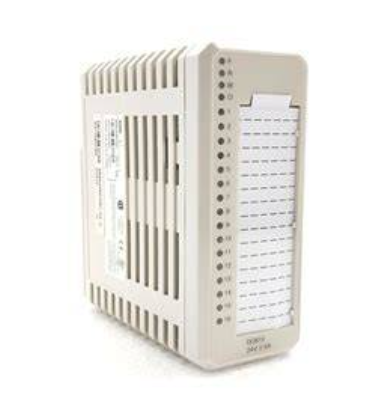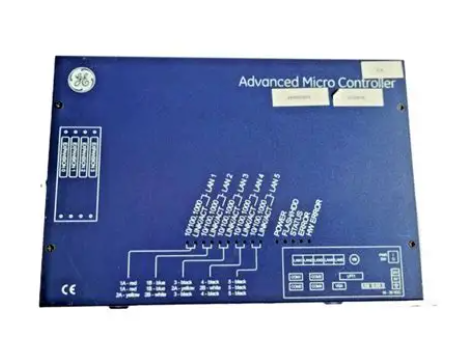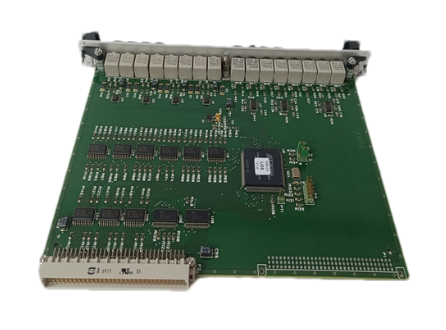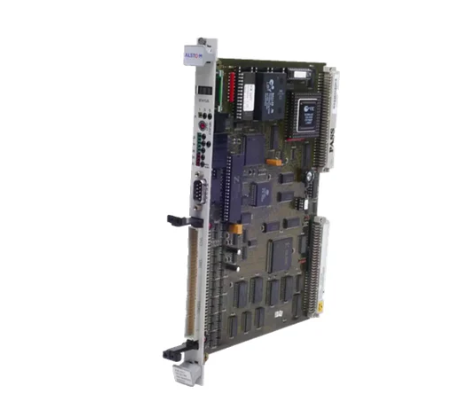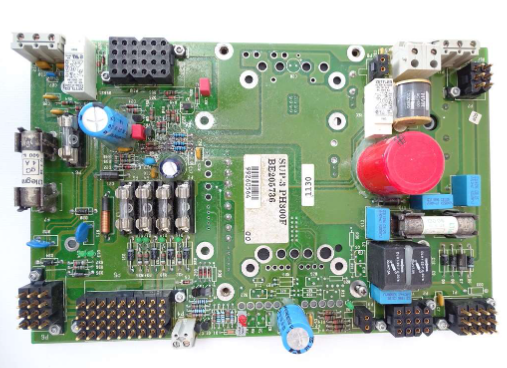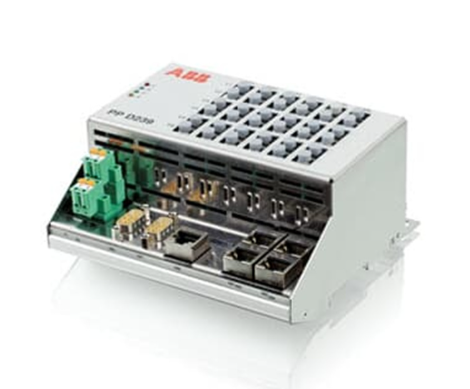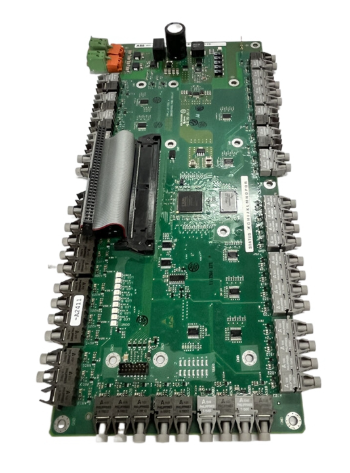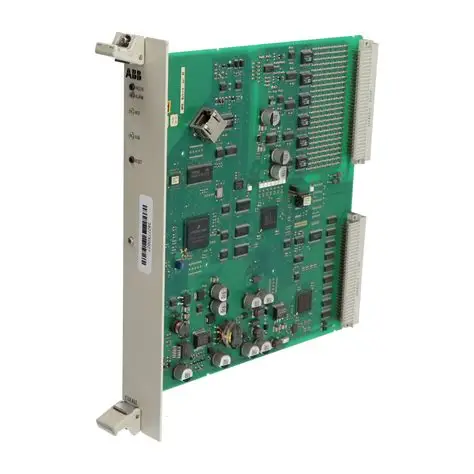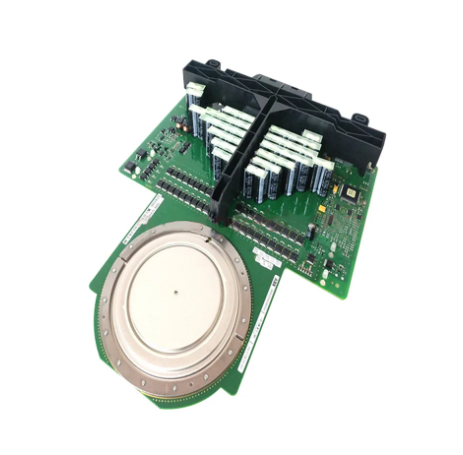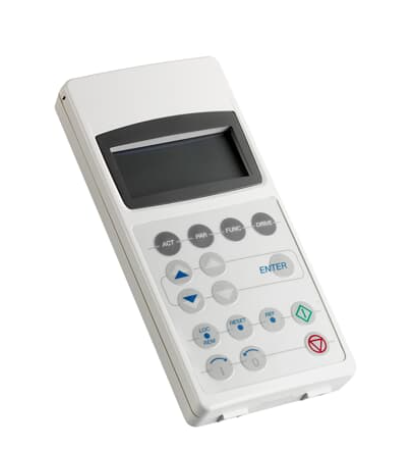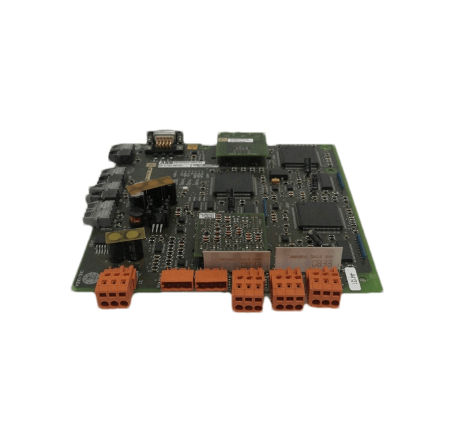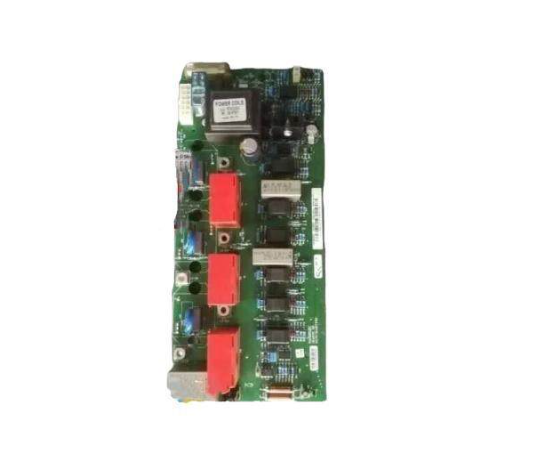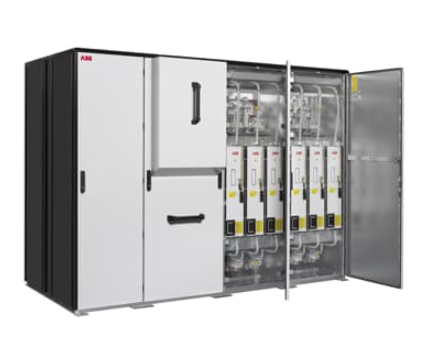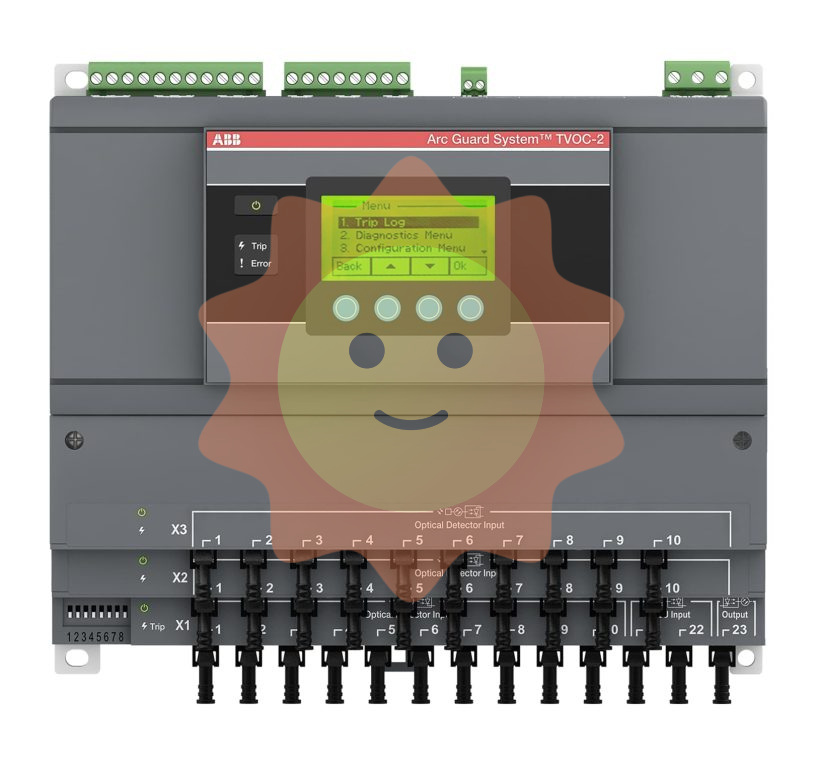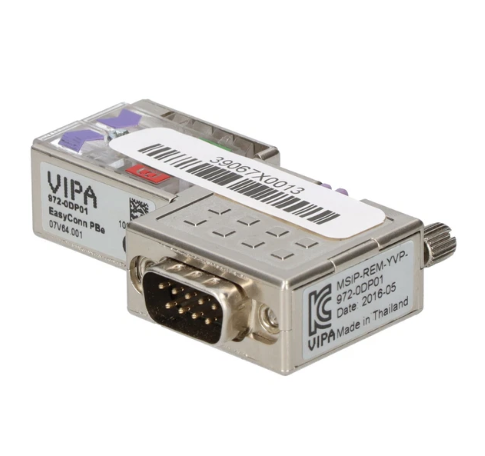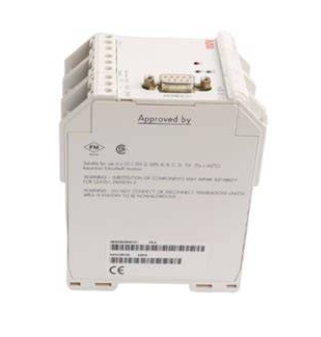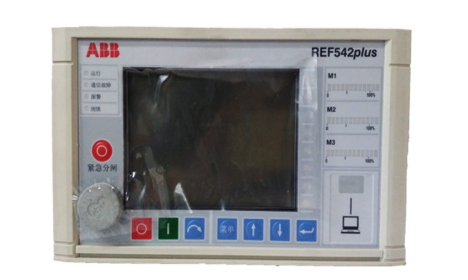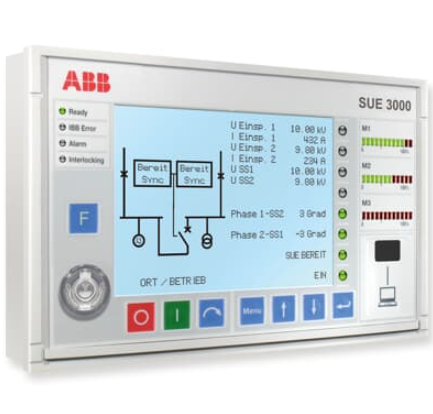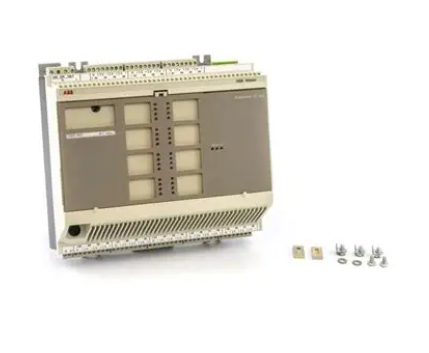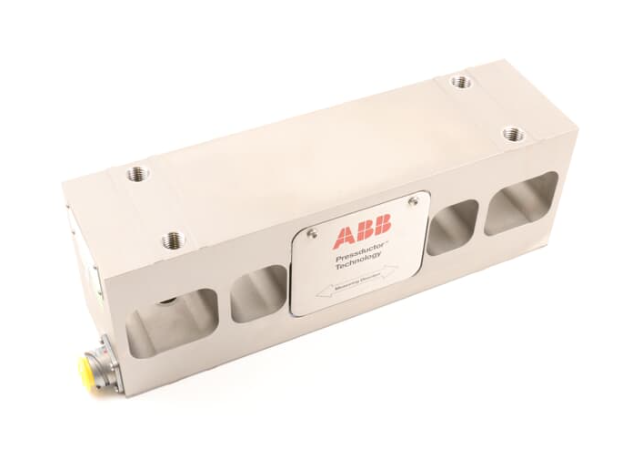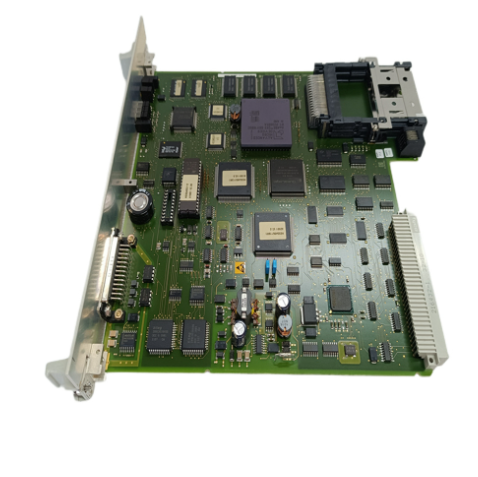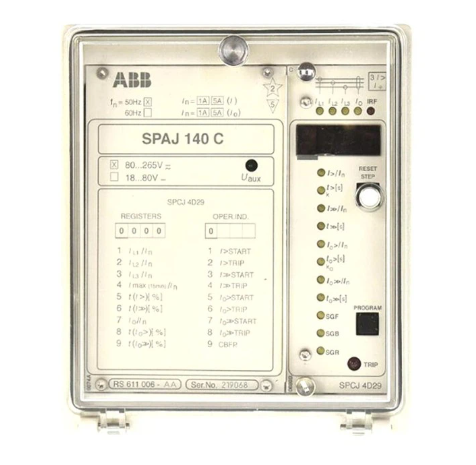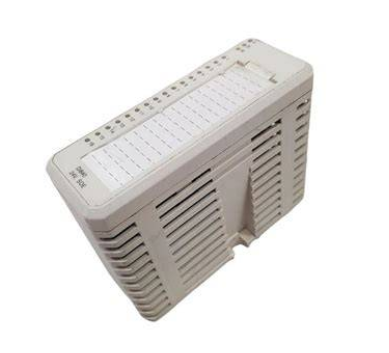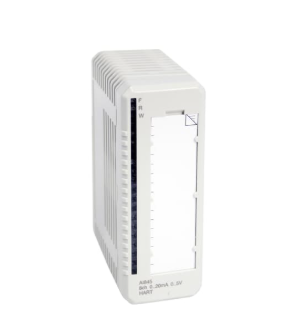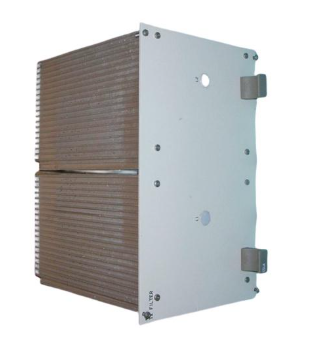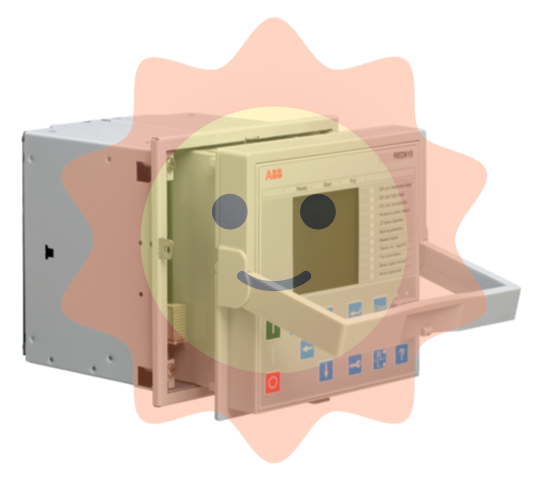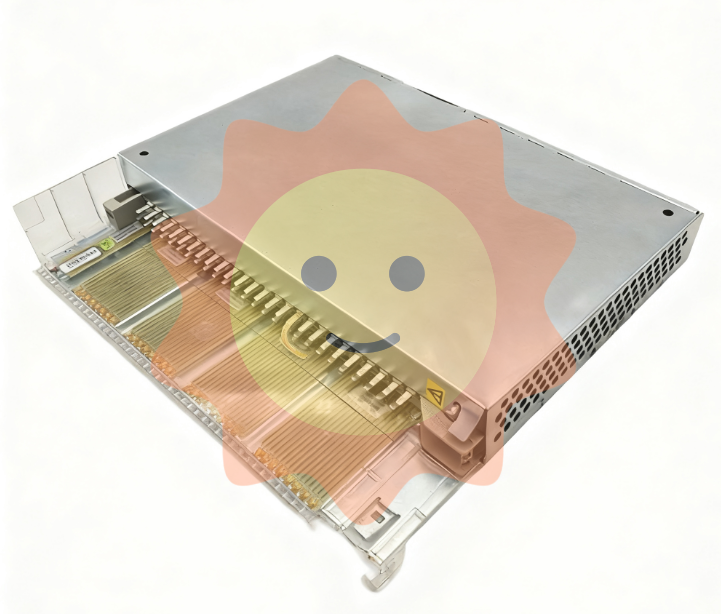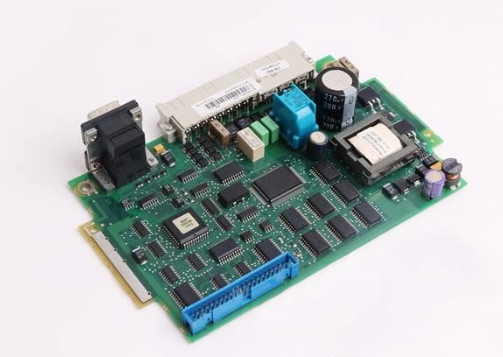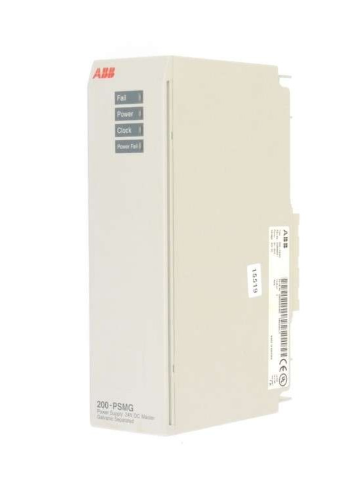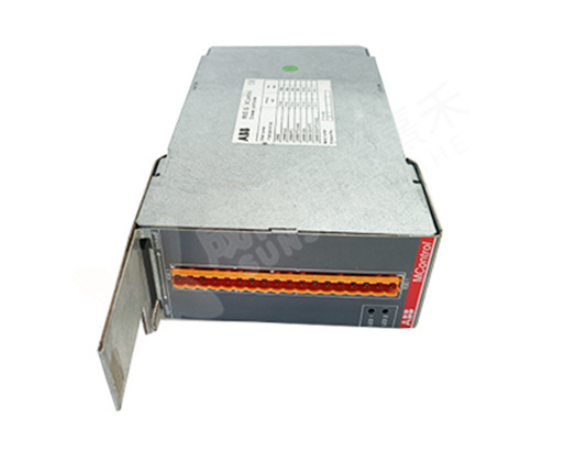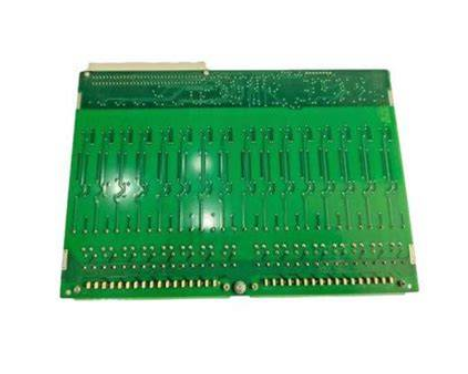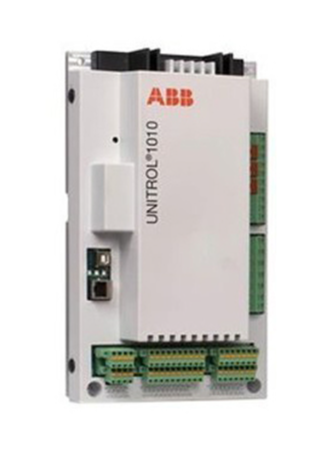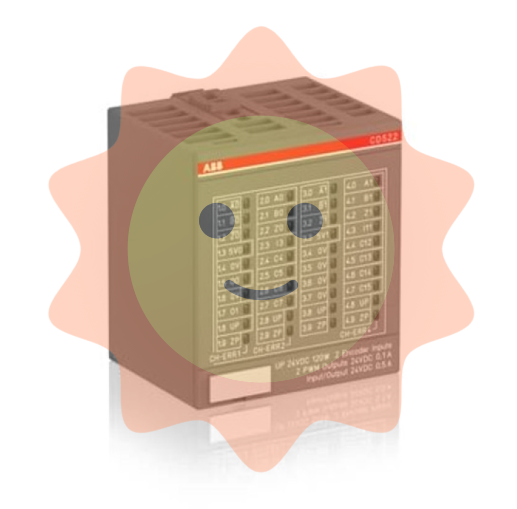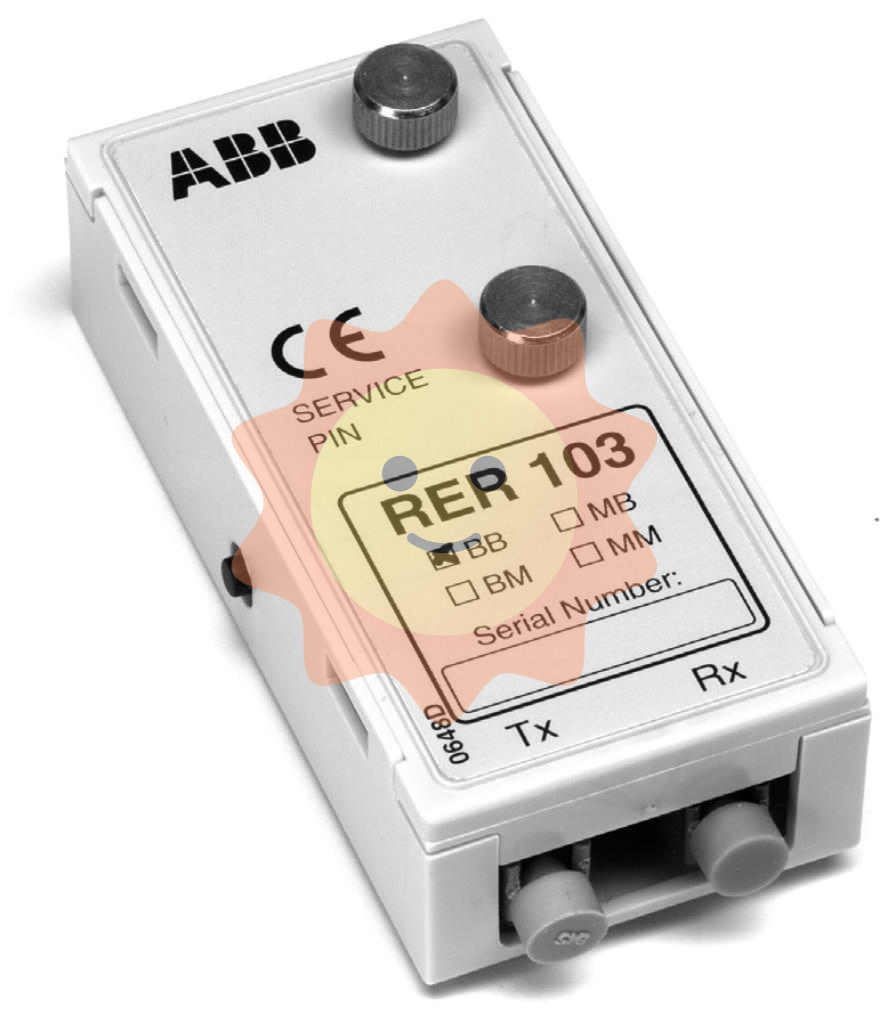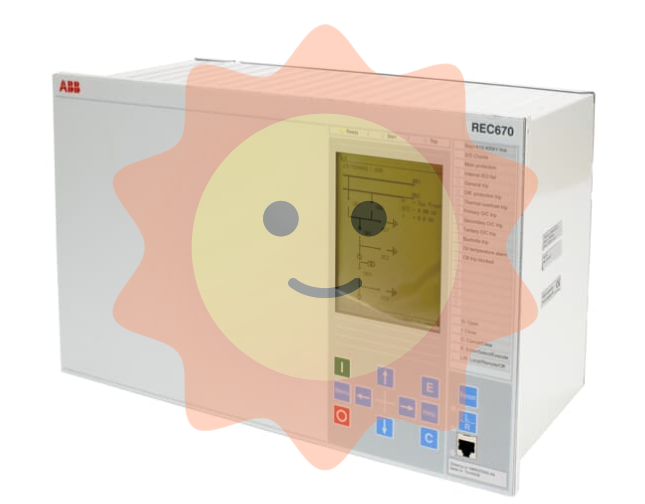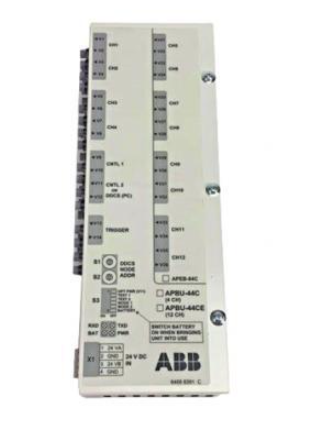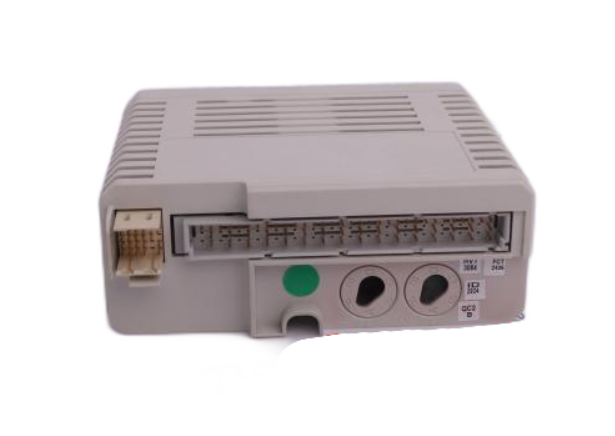AB 1761-L20BWB-5A MicroLogix 1000 Series
AB 1761-L20BWB-5A MicroLogix 1000 Series
Product Overview: The 1761-L20BWB-5A controller from the MicroLogix 1000 series combines PLC and I/O functionality with a wide range of features. It is available in 3 models to meet most application scenarios, provides similar functionality to traditional SLCs and PLCs in a smaller size, is compatible with PanelView™ 800 graphic terminals, is programmable via RSLogix500 software, and has an instruction set common to the MicroLogix and SLC500 controller families.
Technical Specifications: 120 - 240V AC supply voltage, 737B of programme memory, 437B of data memory. 12 digital inputs, 24V DC sinking/sourcing type; 8 digital outputs, relay type; 4 analogue inputs, 2 voltage (±10V DC) and 2 current (0-20mA) input channels; 1 analogue output supporting 0-10V DC and 4-20mA outputs. Equipped with only 1 RS232 communication port, RS-232 communication protocol, no real-time clock and display, no base unit plug-in slot, no support for local expansion modules. Operating temperature range is 0°C - 55°C, storage temperature range is - 40°C - 85°C, relative humidity max 95% non-condensing, withstanding 11ms shock, vibration acceleration max 2.5g, vibration displacement max 0.381mm peak to peak, operating vibration frequency max 5Hz.
Features
Digital Input Port Features
Number and type: There are 12 digital input ports of 24V DC sinking/sourcing type. This type of input port is highly flexible, with sinking inputs activated when a high level voltage (24V DC) is applied to the input terminals, and sourcing inputs activated when a low level voltage is applied. It can be adapted to different types of sensors and external devices, and is capable of receiving a wide range of electrical signals to meet the needs of diverse industrial control scenarios.
Adaptation of electrical characteristics: 24V DC powered sensors such as proximity switches, photoelectric sensors, etc. can be directly connected. For 24V DC-powered devices, the controller's input port can effectively receive and convert signals to internal processable signals regardless of whether they require high level triggering or low level triggering, eliminating the need for additional level conversion circuits, simplifying system design and wiring, reducing costs, and improving system reliability and stability.
Digital Output Port Features
Quantity and type: There are 8 digital output ports, using relay type. The relay output has good electrical isolation performance, which can effectively isolate the internal circuit of the controller from the external load, avoiding the influence of external electrical interference on the controller, and also protecting the external load from the damage of the internal fault of the controller. It can control larger current and voltage loads and is suitable for driving all kinds of relays, contactors, solenoid valves and other industrial equipment.
Load driving ability: The contacts of relay output can withstand certain current and voltage, and can directly drive some devices with smaller power, such as small motors, indicator lights, alarms, etc. For larger power loads, although intermediate relays may be needed for expansion, the relay output port of this controller can still provide stable control signals to ensure the normal operation of the load, which has wide applicability in industrial control .
Scenario Application
Manufacturing production line control: In the production line of electronic equipment manufacturing industry, such as mobile phone assembly line, the digital input port of 1761-L20BWB-5A controller is connected to various types of sensors, such as photoelectric sensors for detecting the position of parts and components, and microswitches for judging the operating status of equipment, etc. These sensors input the status of the equipment and the position of the parts and components information into the controller in the form of 24V DC signal. These sensors input the status of the equipment and the position of the parts into the controller in the form of 24V DC signals.
According to the preset procedures, the controller controls the relays through the digital output ports, and then drives the motors, solenoid valves, and other actuators to achieve the precise gripping, handling, and assembly of the parts. In the mobile phone shell assembly process, after the sensor detects the shell in place signal, the controller controls the relay to drive the robotic arm to accurately grasp the shell and place it in the specified position, while the analogue input port collects the data from the pressure sensor to monitor the pressure during the assembly process to ensure the assembly quality. In the automotive parts processing line, the controller can control the machine tool equipment. The digital input port receives signals from tool position sensors, workpiece clamping sensors, etc. to determine the working status of the machine. The analogue input port collects temperature sensor data to monitor the temperature of the tool and workpiece, and when the temperature is too high, the analogue output port controls the flow rate of the cooling system to ensure machining accuracy and normal operation of the equipment.
- EMERSON
- Honeywell
- CTI
- Rolls-Royce
- General Electric
- Woodward
- Yaskawa
- xYCOM
- Motorola
- Siemens
- Rockwell
- ABB
- B&R
- HIMA
- Construction site
- electricity
- Automobile market
- PLC
- DCS
- Motor drivers
- VSD
- Implications
- cement
- CO2
- CEM
- methane
- Artificial intelligence
- Titanic
- Solar energy
- Hydrogen fuel cell
- Hydrogen and fuel cells
- Hydrogen and oxygen fuel cells
- tyre
- Chemical fiber
- dynamo
- corpuscle
- Pulp and paper
- printing
- fossil
- FANUC
- Food and beverage
- Life science
- Sewage treatment
- Personal care
- electricity
- boats
- infrastructure
- Automobile industry
- metallurgy
- Nuclear power generation
- Geothermal power generation
- Water and wastewater
- Infrastructure construction
- Mine hazard
- steel
- papermaking
- Natural gas industry
- Infrastructure construction
- Power and energy
- Rubber and plastic
- Renewable energy
- pharmacy
- mining
- Plastic industry
- Schneider
- Kongsberg
- NI
- Wind energy
- International petroleum
- International new energy network
- gas
- WATLOW
- ProSoft
- SEW
- wind
- ADVANCED
- Reliance
- YOKOGAWA
- TRICONEX
- FOXBORO
- METSO
- MAN
- Advantest
- ADVANCED
- ALSTOM
- Control Wave
- AB
- AMAT
- STUDER
- KONGSBERG
- MOTOROLA
- DANAHER MOTION
- Bently
- Galil
- EATON
- MOLEX
- Triconex
- DEIF
- B&W
- ZYGO
- Aerotech
- DANFOSS
- KOLLMORGEN
- Beijer
- Endress+Hauser
- MOOG
- KB
- Moxa
- Rexroth
- YAMAHA


Email:wang@kongjiangauto.com

